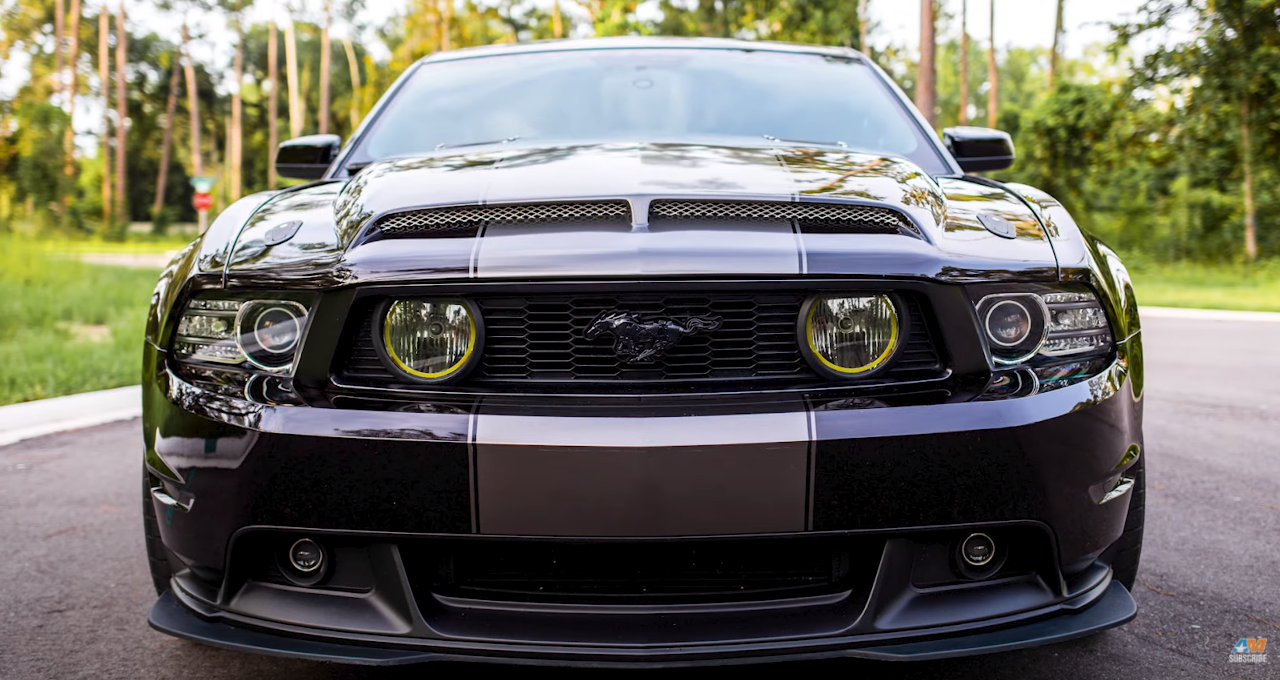A National Stock Car Auto Racing Association (NASCAR) car is a beautiful vehicle that challenges the physical limits of automotive engineering. NASCAR has formulated a safety proposal which it hopes would allow racing to restart. Excluding fans, strict social distancing laws, and just necessary staff, the stock car series aim to do so.
At the racetrack, NASCAR drivers regularly reached triple digits. Here’s a short look at what the group did to keep them safe over the years:
Seatbelts
NASCAR also required that all drivers wear seatbelts. That seems to be the simplest of specifications possible, but the use of belts in those days was a matter of some debate
Around 19 years ago, NASCAR started requiring the use of Hubbard’s Head and Neck Support devices —- HANS — that act to defend drivers today.
“The HANS eliminates the friction forces present on the spine when a driver wearing a helmet is exposed to the (gravitational forces) of a collision,” according to HANS Performance Products’ Facebook page.
Helmets
There are two major NASCAR goals to avoid and cure concussions and to protect drivers from a back injury. Health is a moving target and previous tragedies have helped to keep the governing body of the sport watchful in instituting more change and reforms. It’s probably thanks to the safety modifications introduced due to Dale Earnhardt’s loss that Ryan survived.
The racing helmet required provided nothing more protection than football caskets in leather. The seatbelts were actually wound around the middle portion of a driver and attached to the seat.
The formula 1 helmet or f1 helmet is usually used in NASCAR. Otherwise, the NASCAR helmet is also sometimes provided to the drivers. Some drivers also make f1 custom helmets according to their needs.
Fire-extinguisher
In 2003, NASCAR in all three major touring series, installed in the cockpit and triggered remotely by heat, needed an additional fire-extinguishing cylinder devoted solely to the fuel cell area. In addition to ordering fire extinguishers, in the early 2000s, NASCAR ordered black boxes. This compact gadget is kept in the buses, about the size of a paperback book.
Roof flaps and Window nets
Advanced window covers and windshield laminates threaten entry into the cockpit by external objects. The HANS brace is a shoulder belt connected to either side of the driver’s helmet with tethers. The seatbelt is installed over the HANS system in order to keep it attached to the body.
And as for the networks, which can also be removed easily once a driver wants to get away a crash, they are there to safeguard drivers from the wreckage and help keep their arms in a high-speed impact.
Racetrack walls have steel foam
According to the race sanctioning body INDYCAR, the barrier has been “one of the most important safety steps adopted in recent years by the racing industry.”
After the Gordon accident at Atlanta Motor Speedway and another in Daytona International Speedway that left Kyle Busch with several injuries after he struck a concrete wall, NASCAR started extending these barriers around tracks in 2015.
A competent and skilled pit crew is also dramatically more critical than you would know. If there is an issue with his vehicle, a driver needs a pit stop: he might need petrol, change his tires, patch his racing suit, or correct some other glitch.







